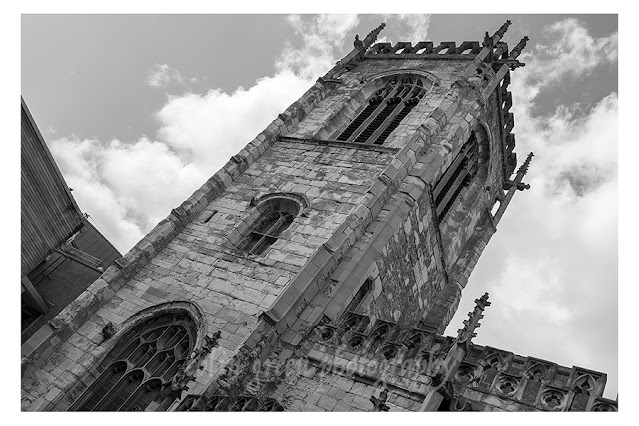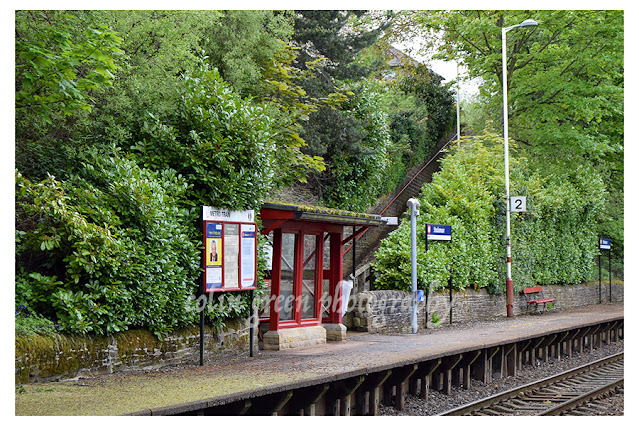Walsden Railway Station, nestled amidst the dramatic Pennine landscape, might seem like a quiet outpost today, but its history is a fascinating tapestry woven with tales of Victorian ambition, wartime drama, and modern resurgence. Though now firmly in West Yorkshire, Walsden's railway story began when it was still part of Lancashire, a testament to the ever-shifting administrative boundaries that define our regions.
A Glimpse into the Past: The Original Station (1845-1961)
The very first Walsden station opened its doors in 1845, a product of the burgeoning railway era that connected communities and fuelled industrial growth. For over a century, it served the village, a vital link for passengers and goods. However, the post-war economic austerity of the early 1960s brought about widespread railway closures, and Walsden, sadly, was not spared. In August 1961, the station shut its doors for good, and the physical structures were swiftly demolished, leaving behind only echoes of its past.
Yet, a tangible piece of that original station endures: a sturdy metal footbridge, erected in 1890. This venerable structure, now providing a crucial connection between the platforms of the current station, is a silent witness to a bygone era. It's a poignant reminder that while buildings may fall, some elements, built with Victorian longevity in mind, can transcend generations. The original station itself was located to the west of this footbridge, stretching towards the entrance of the impressive Winterbutlee Tunnel.
A Troubled Crossing and a Wartime Bombing
The original station also featured a level crossing, a common feature of early railways but one that often brought its own dangers. Indeed, Walsden's crossing was, regrettably, the scene of several injuries and even deaths. The removal of this crossing paved the way for the current station's construction, a move that undoubtedly improved safety for both railway users and local residents.
Perhaps one of the most surprising anecdotes from Walsden's railway past is its unfortunate distinction as the only place in the greater Todmorden area to be bombed during the Second World War. While details are scarce in the provided text, this tidbit hints at the far-reaching impact of the conflict, even on seemingly remote Pennine communities.
Adding to the station's ongoing challenges, a stream runs directly underneath the station, close to the iron bridge. This natural feature, while picturesque, has a less charming side effect: during heavy rains, the station and the line are prone to flooding, a persistent battle against the elements for Network Rail and station users alike.
The Rebirth: Walsden's Current Station (1990-Present)
After nearly three decades of dormancy, Walsden Railway Station was reborn. In September 1990, a new station opened its platforms a few metres east of the original site. This resurgence was a testament to the growing recognition of the importance of local rail links, connecting communities and offering sustainable transport options.
Today, Walsden is an unstaffed station, characteristic of many smaller stops on the network. While facilities are limited to small shelters for protection from the notoriously unpredictable Pennine weather, modern conveniences have been introduced. Electronic information boards keep passengers updated, and ticket machines provide easy access to fares.
The station's viability is clear in its passenger figures. In 2017-18, Walsden averaged approximately 2,100 passengers per week, a healthy number for a village station and a strong indicator of its continued value to the community.
Winterbutlee Tunnel: A Feat of Victorian Engineering
No discussion of Walsden Railway Station would be complete without mentioning the impressive Winterbutlee Tunnel. Located to the west of the station, this 279-metre long tunnel is a remarkable feat of Victorian engineering. It was opened by the Manchester & Leeds Railway Company in 1841, a crucial component of the line that completed the connection between Todmorden and Littleborough. The tunnel stands as a permanent monument to the ambition and skill of the railway pioneers who carved routes through the challenging Pennine terrain.
A Photographer's Eye: Capturing Walsden
The provided information also gives us a glimpse into the art of capturing the station. The accompanying pictures, taken on August 27th, 2017, with a Nikon D3300 camera, offer a specific date and equipment detail. This reminds us that beyond the historical facts and figures, these locations are also subjects of contemporary interest, inspiring photographers to document their beauty and utility.
Walsden Railway Station, therefore, is more than just a stop on the line. It's a microcosm of railway history, a resilient survivor of closures, and a vital link in the modern transport network. From its Victorian origins to its present-day operations, it stands as a testament to the enduring power of the railways to connect people and shape landscapes.
Clicking any of the images below should open a link in another window to my Colin Green Photography store on Zazzle.
Manchester direction, the bridge is all that remains of the original station, it was built in 1890. Winterbuttlee Tunnel can be seen beyond.
Winterbuttlee Tunnel from the 1890 Bridge. The original Walsden Station was sighted near the tunnels entrance.
The 1890 metal footbridge is all that remains of the original station at Walsden. There used to be a level crossing where the gate is.
British Rail Class 144 Pacer train at the Leeds bound platform 2.
The steps up and over the 1890 bridge.
Please take a moment to share this post, follow me on social media, and explore my work on Photo4Me and Clickasnap using the links below. Your support means a lot!
All the pictures remain the copyright of Colin Green.
























































